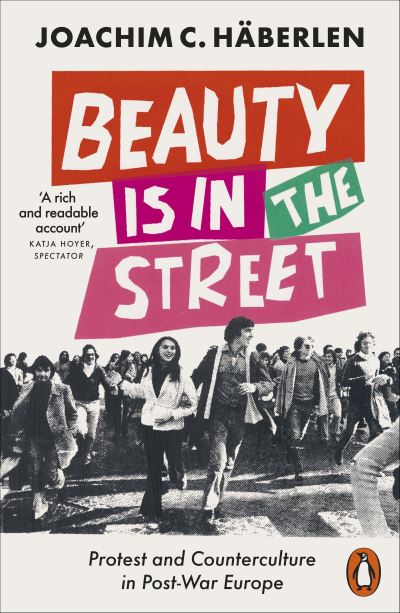Penguin Books
Beauty is in the street
Beauty is in the street
C., Häberlen, Joach
Couldn't load pickup availability
In post-war Europe, protest was everywhere. On both sides of the Iron Curtain, from Paris to Prague, Milan to Wroclaw, ordinary people took to the streets, fighting for a better world. Their efforts came to a head most dramatically in 1968 and 1989, when mass movements swept Europe and rewrote its history. In the decades between, Joachim C. Hberlen argues, new movements emerged that transformed the nature of protesting. Activism moved beyond traditional demonstrations, from squatting to staging 'happenings' and camping out at nuclear power plants. People protested in the way they dressed, the music they listened to, the lovers they slept with, the clubs where they danced all night. New movements were born, notably anti-racism, women's liberation, gay liberation, and environmentalism. And protest turned inward, as activists experimented with new ways of living and feeling.
Publication Date 2024-10-03 00:00:00 +0100
Type: Paperback
Shipping & Returns
Shipping & Returns
Share




